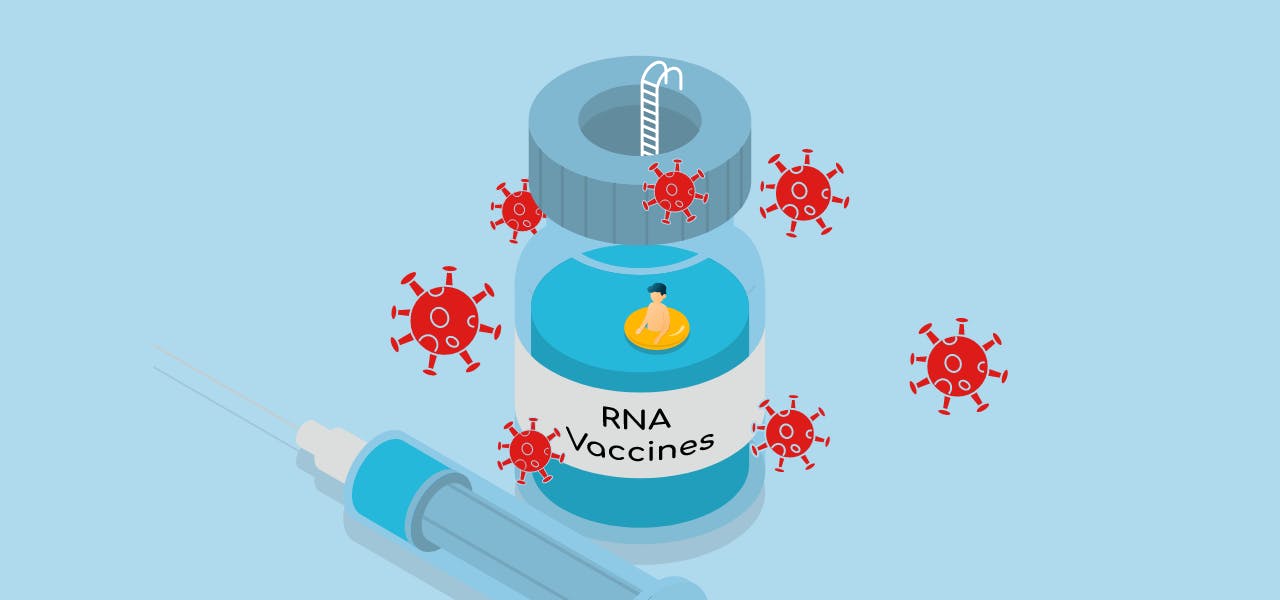The COVID-19 problem and our inability to fight it has been an eye-opening, deadly global problem. As a whole, scientists once thought we had technology and nature pretty much under control, allowing humans to get complacent with our place at the top of the food chain. Seemingly overnight, all that changes with an invisible threat that gave us almost no warning and attacked everyone equally.
The coronavirus showed us that we weren’t ready to handle an infectious virus of that severity, and researchers around the world put aside their differences to come up with methods of treatment and vaccines to end the devastation. Previous practices no longer worked, and the research had to be scratched and built from the foundation up. Although it came at a difficult and horrific cost, the answer to the vaccine ended up being an unexpected avenue. Messenger RNA could get the job done where other, traditional vaccine methodologies didn’t work. Now, this type of vaccine could potentially be the future of fighting immunological diseases.
How the Coronavirus Works
The term “coronavirus” has become synonymous with COVID-19, but in reality, there are multiple types. Coronaviruses have been around a long time and are responsible for things like the common cold and other illnesses. However, the widespread knowledge of COVID-19 put “coronavirus” in the spotlight, making it a household name.
Viruses in general infect the body through healthy cells. The attacking organism gets comfortable inside its new host and then replicates itself. These copies spread throughout the body, making the person sick. With COVID-19, these replications are dangerous, with spiky surface proteins that attach to the receptors on healthy cells. Since they seem to particularly gravitate toward cells in the lungs, it makes the virus extremely virulent and severe.
These viral receptors break into cells through ACE2 receptors, after which they hijack the healthy cell and take over. When the virus has enough hijacked cells, it begins to kill instead of take over the rest of them.
How an Unusual Vaccine Could Save the Day
The idea of RNA vaccines is not new. The technology has been around since 2013, but it’s expensive and difficult to sustain. RNA vaccines are an exciting breakthrough that all the major pharmaceutical corporations are getting on board to work with, since the implications are tremendous.
Using RNA in vaccines is a genetic technology that has been around for almost 30 years, but because of the difficulty and expense in procuring the equipment to experiment with, it has only recently been a substantial part of the research scene. With its potential to stop the spread of the coronavirus, the technology was fast-tracked. If it is successful, which it has been so far, dozens of companies are in line to use the technology to see how it could progress and be used for other dangerous diseases.
The Future of RNA Vaccines
As of right now, companies that devote their research and development to fighting infectious diseases like AIDS and malaria are watching the COVID-19 vaccine closely. Scientists are already using the RNA idea to attempt to change how their own current treatments are used. However, there are some drawbacks to this technology.
To begin with, the entire reason RNA hasn’t been heard of much until recently is because the raw materials needed to experiment and design vaccines are expensive. Storing the vaccine is a logistical and costly endeavor, too. From the time it is created until it is injected into the recipient, the vaccine has to be kept stored at arctic temperatures. Right now, with the crisis in full swing and the potential for those who offer vaccines to help on an urgent basis, the costs are worth it. When the crisis is over, though, some companies might see the real overhead behind using RNA as a vaccine and give up their new pathways altogether.
If cost is not a deterrent, RNA vaccines and the technology behind them could serve to become the future of fighting immunological diseases.
